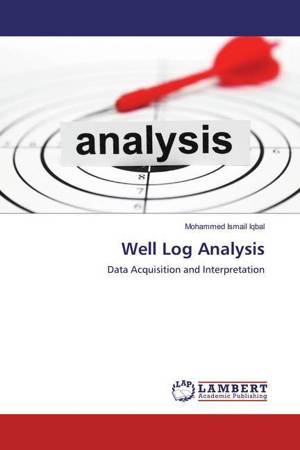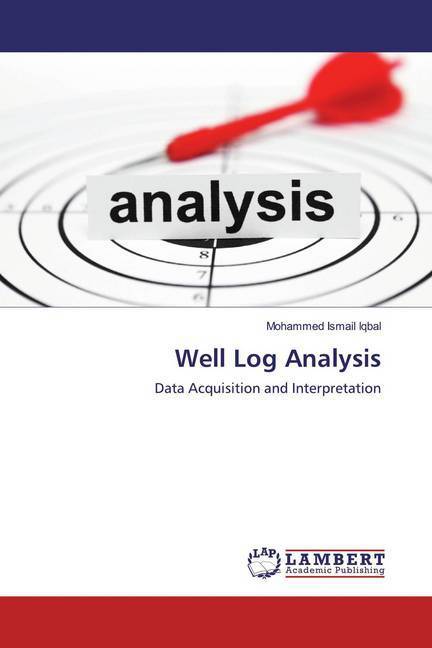
- Afhalen na 1 uur in een winkel met voorraad
- Gratis thuislevering in België vanaf € 30
- Ruim aanbod met 7 miljoen producten
- Afhalen na 1 uur in een winkel met voorraad
- Gratis thuislevering in België vanaf € 30
- Ruim aanbod met 7 miljoen producten
Zoeken
€ 75,95
+ 151 punten
Uitvoering
Omschrijving
Log records the characteristics of rock formations (together with the fluid it contains), versus depth, by a measurement device in a well bore. The formation characteristics may be electrical, nuclear or acoustic, etc. The initial uses of well logging were for correlating similar patterns of electrical conductivity from one well to another, sometimes over large distances. As the measuring techniques improved and multiplied, applications began to be directed to the quantitative evaluation of hydrocarbon formations. New measurements have been continuously evolved which have found applications in all the areas of hydrocarbon explorations. Formation evaluation of a petroleum reservoir is the practice of finding out the amount of hydrocarbon and its producibility. The volume of hydrocarbon can be found out by determining reservoir parameters such as porosity, hydrocarbon saturation, reservoir thickness etc. These parameters can be known indirectly from well logs. This book helps in knowing various logs used in Oil industry and how data acquisition and interpretation is done.
Specificaties
Betrokkenen
- Auteur(s):
- Uitgeverij:
Inhoud
- Aantal bladzijden:
- 216
- Taal:
- Engels
Eigenschappen
- Productcode (EAN):
- 9783659865084
- Uitvoering:
- Paperback
- Afmetingen:
- 150 mm x 220 mm
- Gewicht:
- 340 g

Alleen bij Standaard Boekhandel
+ 151 punten op je klantenkaart van Standaard Boekhandel
Beoordelingen
We publiceren alleen reviews die voldoen aan de voorwaarden voor reviews. Bekijk onze voorwaarden voor reviews.








